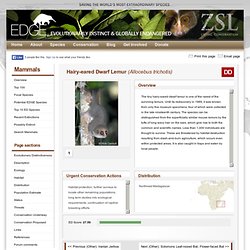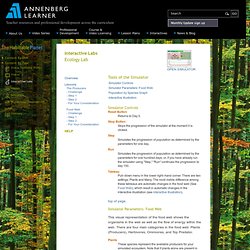

Units and Lessons. WWF Together on the App Store. COOL 2.0. Environmental Data Explorer - The Environmental Database (search. United Nations Environment Programme environment for development Environmental Data Explorer English | Français | Contact | Help | System sign in Environmental Data Explorer Posters >> "Basic Fact" Posters | InfoGraphics Posters | ISO Code Posters | Bubble Chart Posters "Basic Fact" Posters These posters have been developed mainly on the basis of existing data from the Environmental Data Explorer.

Resource Efficiency - Electricity Production Download PDF here Resource Efficiency - Waste Management Download PDF here Ecosystem Management - Fisheries Download PDF here Climate Change - CO2 Emissions Download PDF here Ecosystem Management - Forests Download PDF here Environmental Governance - Treaties Download PDF here Resource Efficiency - Electricity Consumption Download PDF here Ecosystem Management - Protected Areas Download PDF here Harmful Substances - Hazardous Waste Download PDF here Infographic Posters GEO Indicators Download PDF here Recycling Download PDF here Access to Safe Drinking Water Flows of GDP & CO2. A Mini World: Biodomes Engineering Design Project. What is the engineering design process?

It is a set of steps that engineers take when designing a new or improved product. It includes: Finding a problem or needComing up with creative ideasSelecting the most promising ideaCommunicating the ideaCreating or building a model of the design, andEvaluating what you have built. The following video provides more information on engineering. What is Engineering Sample points for Introductory Class Discussion What are environments and ecosystems and why do we need to understand them? Let's imagine that we are traveling through different environments on a mission to collect information about the plants, animals, weather and climate. Do you know what a biodome is? Over the years, creating a successful biodome that achieves balanced plant and animal life has proven to be a major challenge for the scientific and engineering communities.
In this lesson, we are going to become engineers who create model ecosystems. Mammal Species Information. Ganzhorn, J. and Members of the Primate Specialist Group. 2000.

Allocebus trichotis. In: IUCN 2006. 2006 IUCN Red List of Threatened Species. Downloaded on 09 August 2006. Goodman, S. M., Raselimanana, A. Langrand, O., Nicoll, M.E., Konstant, R. and Mittermeier, W. 1992. Meier, B. and Albignac, R. 1991. The Habitable Planet - Ecology Lab - Help. Simulator Controls Reset Button Returns to Day 0.

Stop Button Stops the progression of the simulator at the moment it is clicked. Step Simulates the progression of population as determined by the parameters for one day. Run Simulates the progression of population as determined by the parameters for one hundred days, or, if you have already run the simulator using "Step," "Run" continues the progression to day 100. Tableau Pull–down menu in the lower right–hand corner. Simulator Parameters: Food Web This visual representation of the food web shows the organisms in the web as well as the flow of energy within the web. Plants These species represent the available producers for your simulated ecosystem. Herbivores These species represent the available plant-eaters for your simulated ecosystem. You may choose to have your Herbivore eat as many plant species as are present in the simulator for the tableau you have selected. Omnivores Top Predator Connecting Lines Preset button All on button All off button.
Earth Observatory : Home. World of Change Satellite images showing how our world— forests, oceans, cities, even the Sun— has changed in recent decades.

Read more Blue Marble Composite satellite images of the entire Earth. Read more Earth at Night The night side of Earth twinkles with light in these composite global and regional views. Experiments. Kinetic City: Nowhere to Hide. LogiCity - Introduction. Enercities. Make your very own solar panel! Here's how! Want to know how to Make a solar panel in your kitchen? Make a solar cell in your kitchen Our solar cell is made from cuprous oxide instead of silicon.

Cuprous oxide is one of the first materials known to display the photoelectric effect, in which light causes electricity to flow in a material. Thinking about how to explain the photoelectric effect is what led Albert Einstein to the Nobel prize for physics, and to the theory of relativity. Materials you will need The solar cell is made from these materials: A sheet of copper flashing from the hardware store. How to build the solar cell My burner looks like this: The first step is to cut a piece of the copper sheeting that is about the size of the burner on the stove. Next, place the cleaned and dried copper sheet on the burner and turn the burner to its highest setting. As the copper starts to heat up, you will see beautiful oxidation patterns begin to form. As the copper gets hotter, the colors are replaced with a black coating of cupric oxide. As the copper cools, it shrinks.
A note about power.